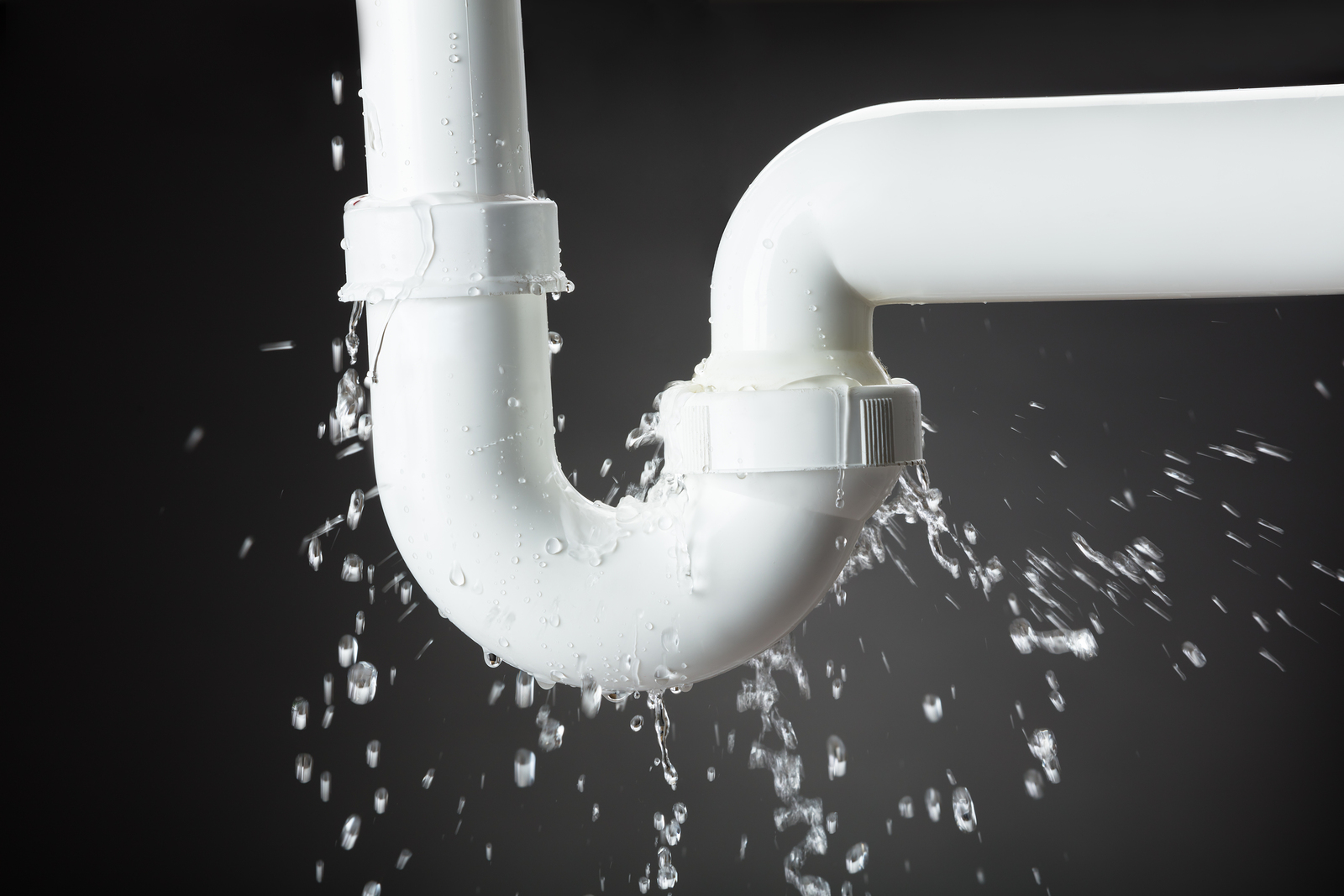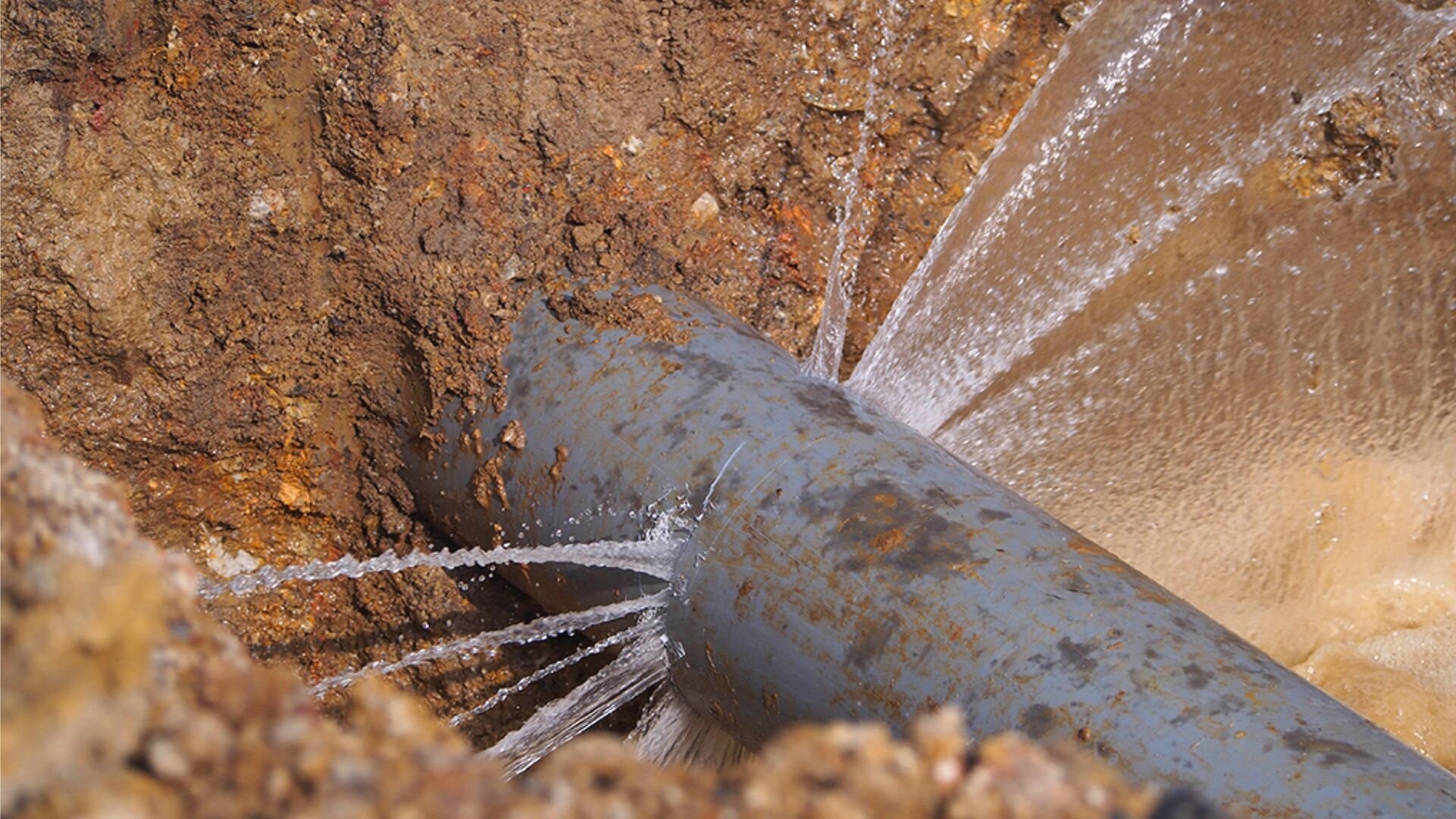What to Do When a Burst Pipe Causes Water Damage in Your Home
What to Do When a Burst Pipe Causes Water Damage in Your Home
Blog Article
Stopping Ruptured Water Lines: Crucial Tips to Protect Your Pipes
Preventing ruptured pipes is an important concern for house owners, especially during cooler months when the danger of freezing is heightened. Carrying out critical actions such as proper insulation, routine examinations, and maintaining constant interior temperatures can significantly decrease the chance of pipeline failure. Furthermore, recognizing emergency treatments furnishes property owners to respond swiftly to potential plumbing concerns. Nonetheless, lots of are uninformed of the specific susceptabilities that their pipelines might deal with. Checking out these susceptabilities can supply important understandings into safeguarding your plumbing system properly.
Understand Pipeline Vulnerabilities
Recognizing pipeline vulnerabilities is necessary for effective plumbing maintenance and protecting against costly damages. Several aspects add to the sensitivity of pipelines to ruptureds, including material structure, age, and environmental conditions. Older pipelines, specifically those made from galvanized steel or polybutylene, frequently break down in time, resulting in boosted danger of ruptures and leaks.
Temperature level fluctuations can additionally substantially effect pipeline honesty. In colder climates, water caught in pipelines can freeze, putting in and expanding stress on the pipeline walls, which may inevitably bring about a burst. High water pressure can strain pipelines, especially at bends and joints, increasing the likelihood of failure.

Insulate Pipeline Properly
Appropriate insulation of pipes is essential for stopping freezing and subsequent ruptureds throughout winter (burst pipe). Insulating your pipes system properly safeguards against temperature drops that can cause costly damage. Begin by identifying at risk areas where pipes are subjected to outside temperature levels, such as basements, attics, and exterior wall surfaces
Use foam pipeline insulation sleeves or cover insulation tape around these areas to provide a protective obstacle. Ensure that all sections of the pipes, specifically those with limited heat direct exposure, get sufficient insulation. Pay special focus to fittings and joints, as these are more prone to cold.
When protecting, it's important to choose products that fulfill neighborhood building regulations and are appropriate for the details setting. For circumstances, fiberglass insulation is commonly recommended for its thermal resistance residential properties - burst pipe. Furthermore, think about utilizing heat cables or tape in severe conditions, which can be plugged in to provide supplemental warm
On a regular basis inspect insulated pipes for any kind of signs of wear or damages, as compromised insulation can reduce its efficiency. By taking these proactive procedures, you substantially reduce the threat of pipeline bursts, making sure a trustworthy plumbing system throughout the cold weather.
Maintain Regular Temperature
A secure indoor temperature is necessary for protecting against ruptured pipes during the cold months. When temperatures decrease, water within pipes can ice up, increasing and creating stress that might ultimately trigger the pipes to ruptured. To minimize this danger, home owners need to preserve a consistent temperature throughout their space, preferably no lower than 55 ° F(13 ° C)Making use of a programmable thermostat can aid take care of indoor temperatures properly, ensuring that spaces with pipes stay warm even when your home is vacant. Pay unique focus to areas that are a lot more susceptible to cold, such as garages, cellars, and attic rooms. Maintaining cupboard doors open under sinks can likewise enable warmer air from the home to distribute around pipes.
This small flow of water can prevent cold by easing stress within the pipes. By applying these approaches, home owners can considerably decrease the risk of pipeline bursts and guard their plumbing systems versus the extreme wintertime elements.
Frequently Examine Plumbing
Routine evaluations of pipes systems are vital for preventing burst pipes and maintaining total home honesty. Throughout these examinations, it is vital to analyze noticeable pipes for indicators of corrosion, leakages, or use.
In addition, evaluating links and joints is crucial, as these points are typically at risk to leaks. House owners ought to likewise examine water pressure degrees, as excessive stress can stress the pipes system and increase the risk of pipe bursts.
Think about scheduling specialist plumbing evaluations at least once a year, especially prior to winter season, to guarantee your system is prepared for chillier temperatures. By being aggressive in your strategy, you can protect your home versus the turbulent and expensive pop over here repercussions of ruptured pipelines.
Know Emergency Situation Procedures
Comprehending emergency situation treatments is important for every property owner, especially after conducting regular pipes inspections. Being prepared for a pipes emergency situation can substantially reduce damages and save expenses.
Next, keep essential tools convenient. A plumbing emergency situation package helpful resources ought to include a wrench, plunger, and towels, in addition to a flashlight and a container for tiny leakages. Furthermore, consider having the get in touch with details for a relied on plumber readily available, ought to the circumstance escalate beyond your control.
If you find a leak or burst pipeline, right away transform off the water supply and alert your plumbing professional. Additionally, document the damage with photos for insurance coverage purposes. burst pipe. Understand the indicators of potential pipes problems, such as unusual water pressure changes or damp areas on wall surfaces
Eventually, positive expertise and quick action are vital in taking care of pipes emergency situations, guaranteeing your home continues to be secured and reducing possible damage.

Final Thought
Finally, preventing burst pipes demands a diverse strategy that consists of understanding pipeline susceptabilities, proper insulation, keeping consistent interior temperature levels, normal examinations, and understanding of emergency situation treatments. By executing these vital techniques, the threat of pipes failures can be substantially decreased, consequently making certain the durability and performance of the plumbing system. Positive actions not just secure against potential damage but additionally add to general water preservation and the security of building.
In colder climates, water entraped in pipelines can ice up, applying and increasing stress on the pipeline wall surfaces, which might eventually lead to a ruptured. When temperature levels drop, water within pipelines can ice up, broadening and producing pressure that might inevitably cause the pipes to burst. By applying these approaches, house owners can substantially minimize the risk of pipe ruptureds and secure their plumbing systems over here versus the rough winter months aspects.

Report this page